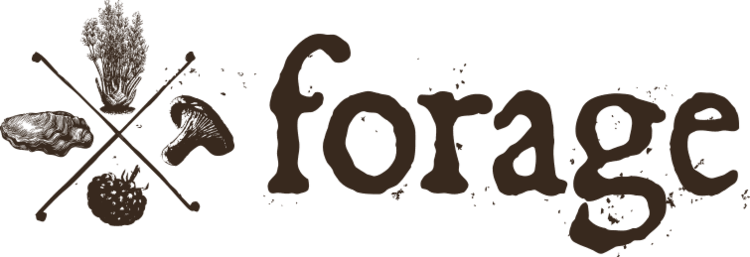A Beginner's Guide to Plant Identification
Ever walked through a forest or park and wondered about the plants around you? Identifying these plants might seem like a skill reserved for the experts, but it's surprisingly accessible and rewarding for anyone willing to learn. Let's dive into the basics of plant identification, guided by insights from forageSF's teacher, Alexandra Hudson.
Starting with the Simple Steps:
Plant identification is a journey of discovery, where every leaf, flower, and stem tells a story. Alexandra Hudson suggests beginning with the basics – noticing shapes, colors, and patterns. It's about training your eye to see the unique characteristics that set each plant apart. This keen observation is your first step in unlocking the secrets of the plant world.
Learning from Those Who Know:
The best way to learn? Get out there with people who've been doing it for years. Alexandra emphasizes the importance of learning from experienced foragers. It could be a friend who knows their herbs, joining a local foraging group, or enrolling in specialized classes. In fact, Alexandra specifically mentions several organizations where beginners can deepen their knowledge including forageSF. These experiences are invaluable, offering real-life tips and hands-on knowledge that you just can't get from a book. By immersing yourself in these nurturing environments, you gain access to a wealth of wisdom and practical skills that can transform your foraging journey.
Tech Tools in Your Pocket:
In our digital age, technology can be a fantastic aid. Alexandra points out the usefulness of plant ID apps – they're like having a botanist in your pocket. Apps like "iNaturalist," "Seek by iNaturalist," "PictureThis," and "PlantSnap" allow you to snap a picture, and before you know it, you're learning more about that mysterious plant you found on your hike. But remember, these apps are helpers, not the final word. It's always wise to cross-reference the app's suggestions with other sources, such as field guides or advice from experienced foragers. This layered approach ensures a more accurate and comprehensive understanding of the plant world around you.
Safety First in the Wild:
Not all plants are friendly, and some can be downright dangerous. Alexandra shares the example of the nutritious chickweed and its harmful lookalike, Scarlet Pimpernel, illustrating the critical need for accurate identification. It's a reminder that foraging isn't just fun – it's a skill that requires responsibility and respect for nature.
Engage All Your Senses:
Plant identification isn't just a visual experience. Alexandra encourages using all your senses. Touch the leaves, smell the flowers, and with caution, taste the fruits. This sensory approach deepens your understanding and creates a more intimate connection with nature.
Embarking on the path of plant identification is like opening a book to a world you've always been curious about. With guidance from experts like Alexandra Hudson and a bit of curiosity, you can start to unravel the mysteries of the green world around you. Dive deeper into this topic with our AMA video featuring Alexandra – it's a great resource for budding plant enthusiasts.
Join the Community of Nature Lovers:
For those eager to expand their plant knowledge, Alexandra and others at forageSF offer hands-on classes. Whether you're a beginner or looking to sharpen your skills, these classes are a gateway to a supportive community of fellow nature enthusiasts.
If you're eager to expand your plant knowledge, consider exploring our wild plants classes. Whether you're new to foraging or have been exploring the wild for years, these classes offer valuable knowledge on identifying and using the plants around us.
